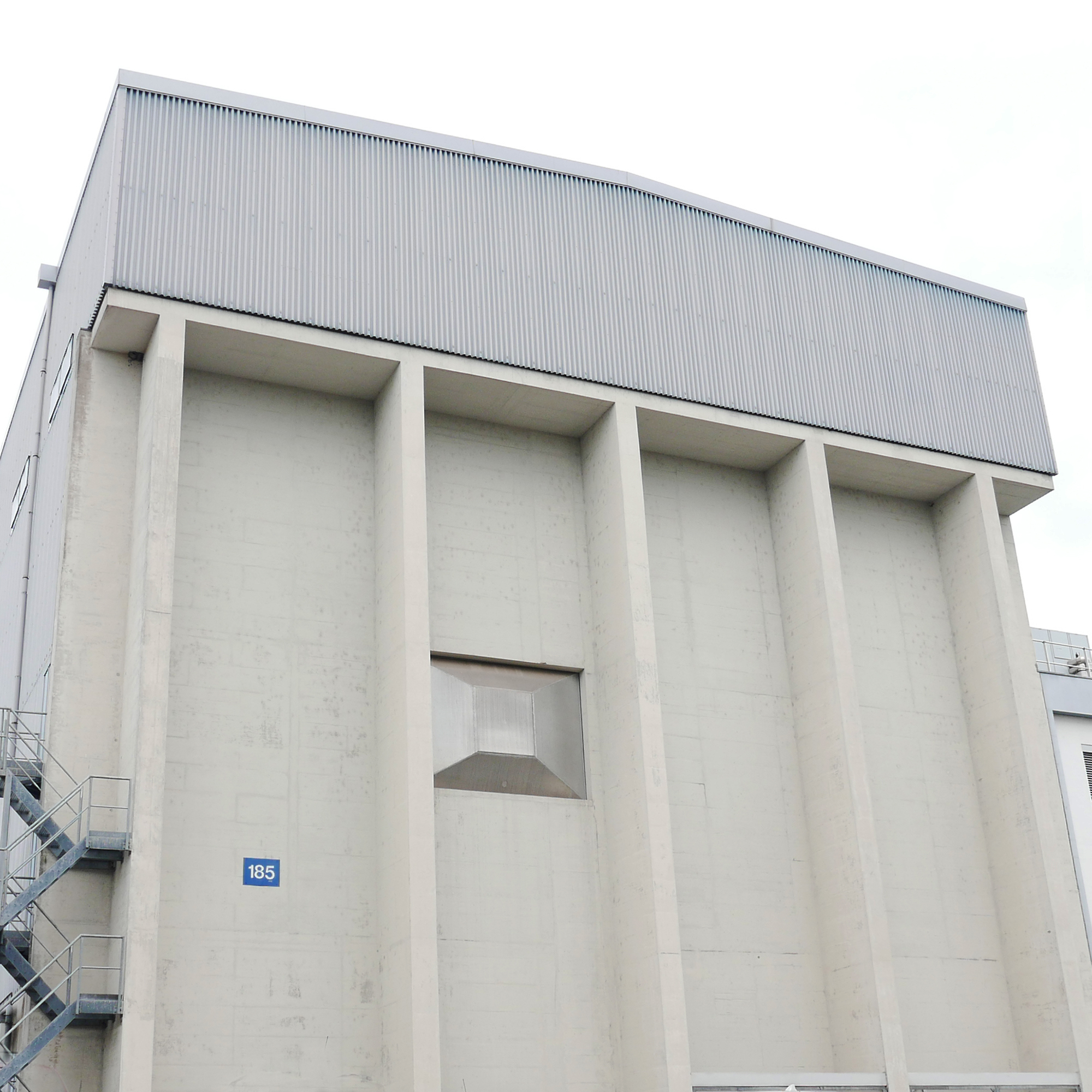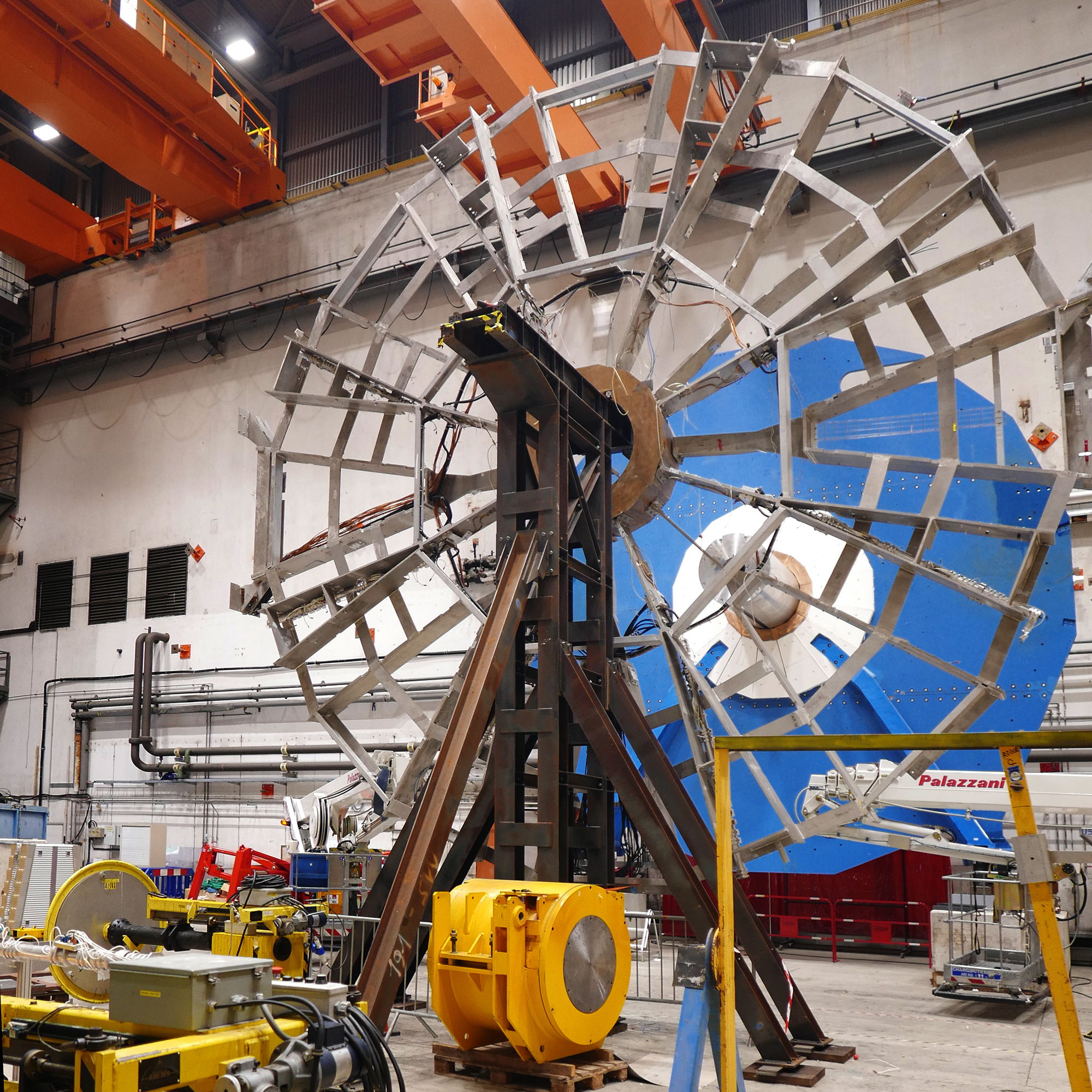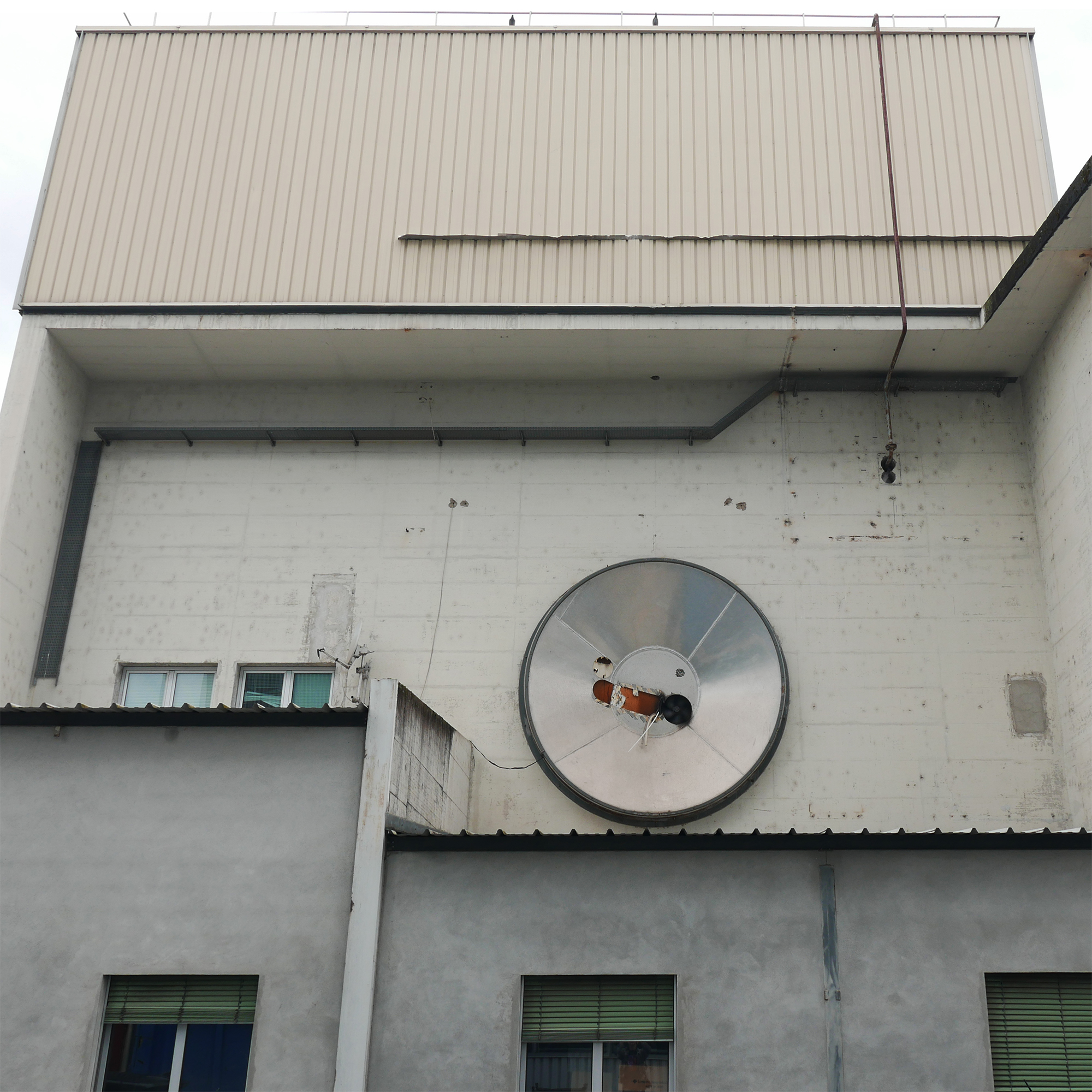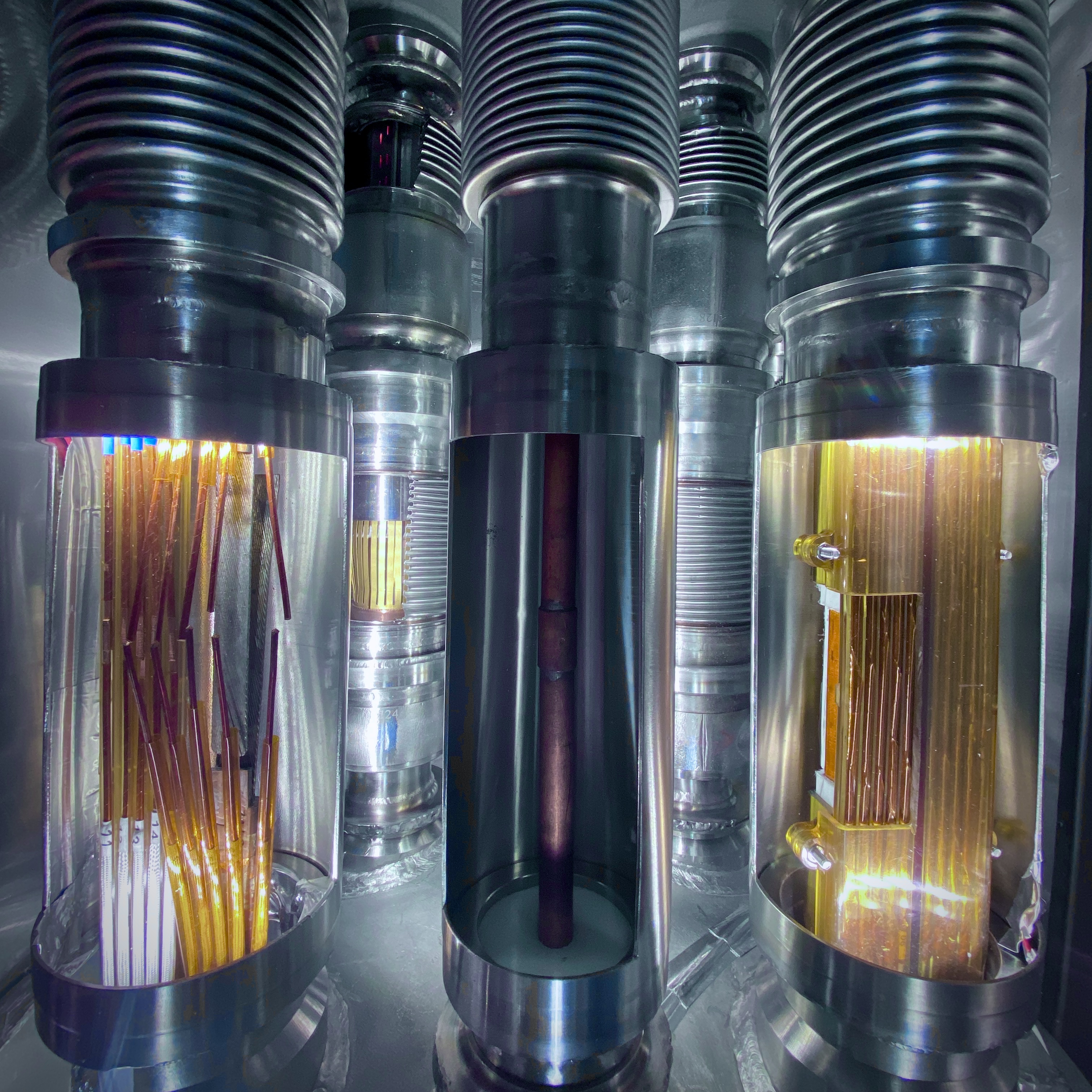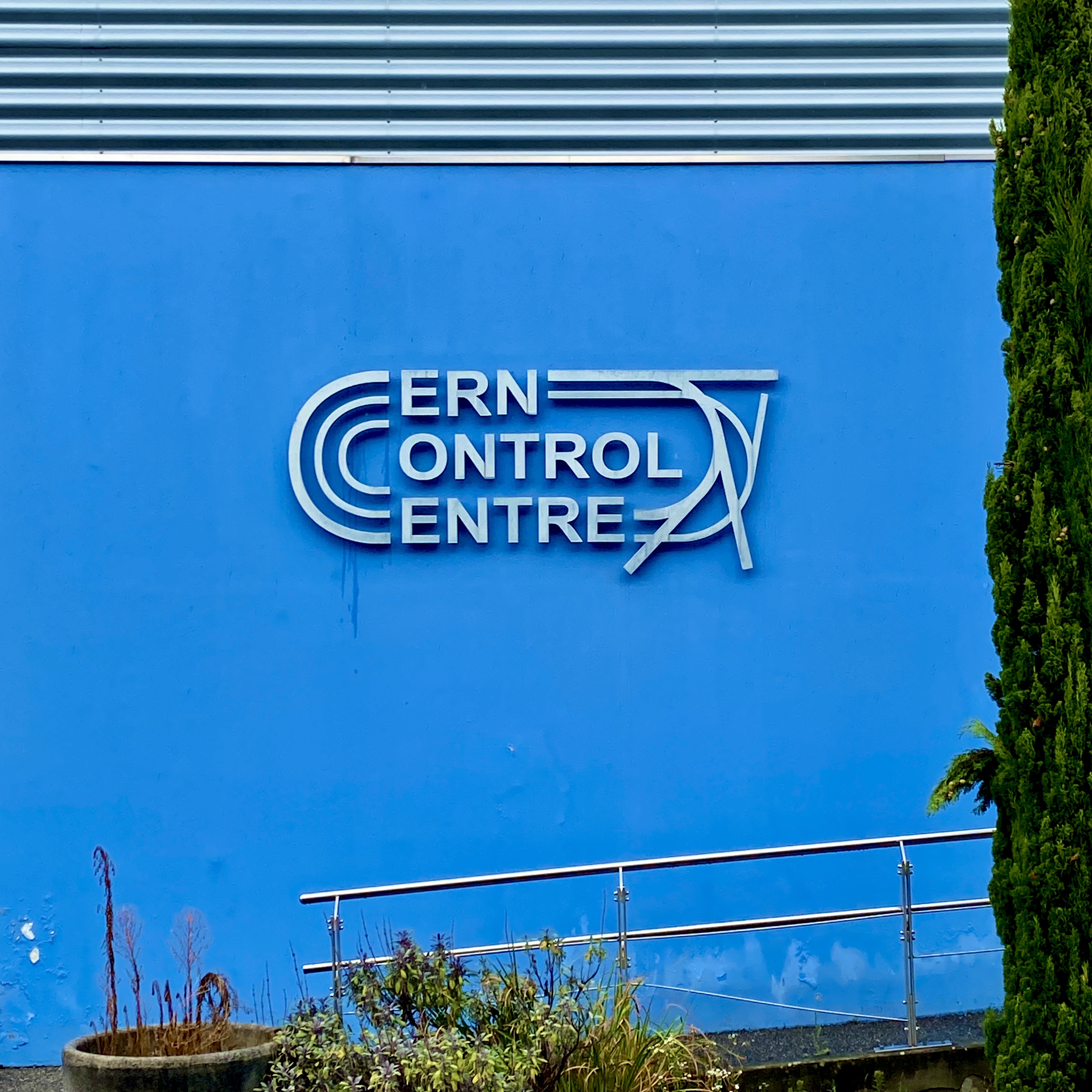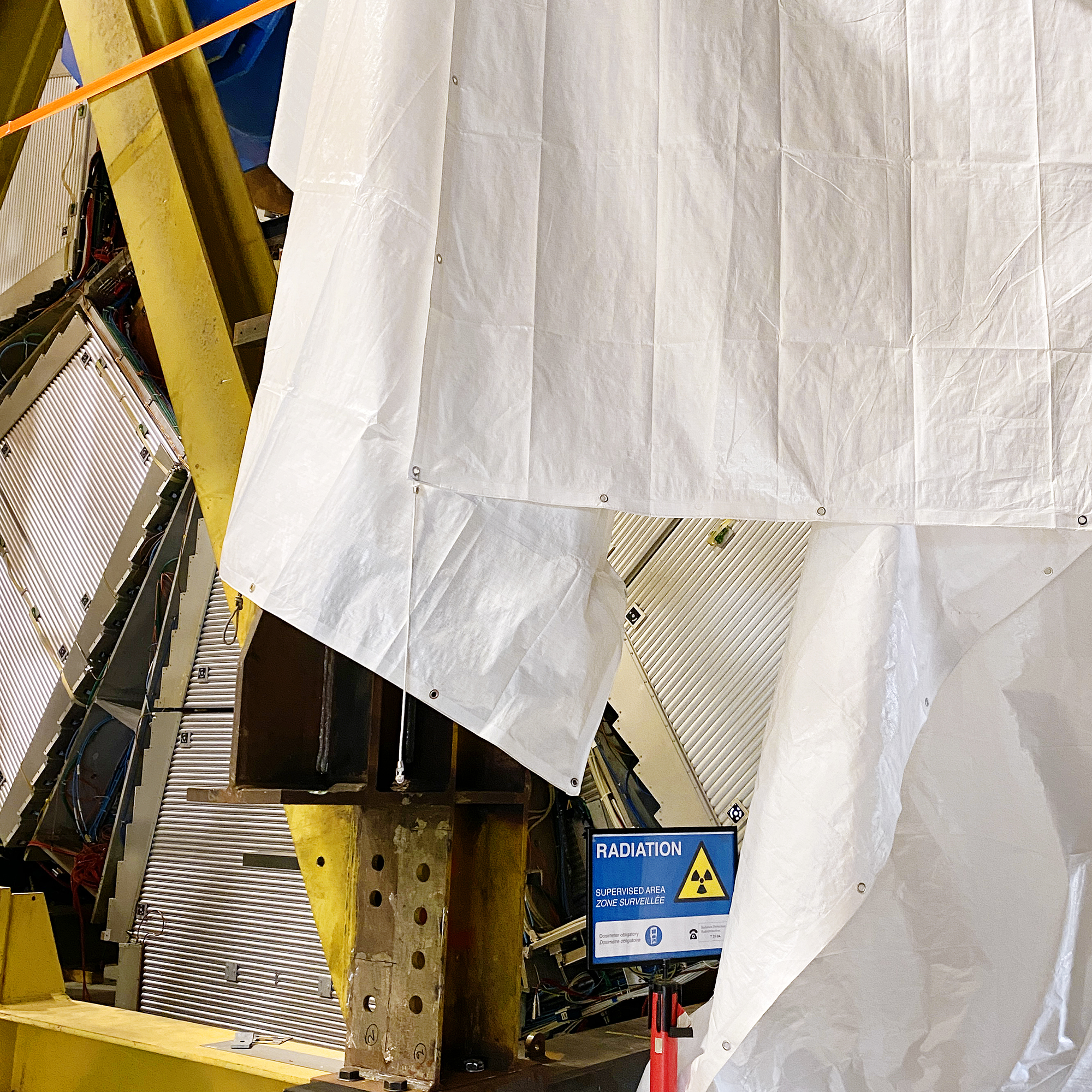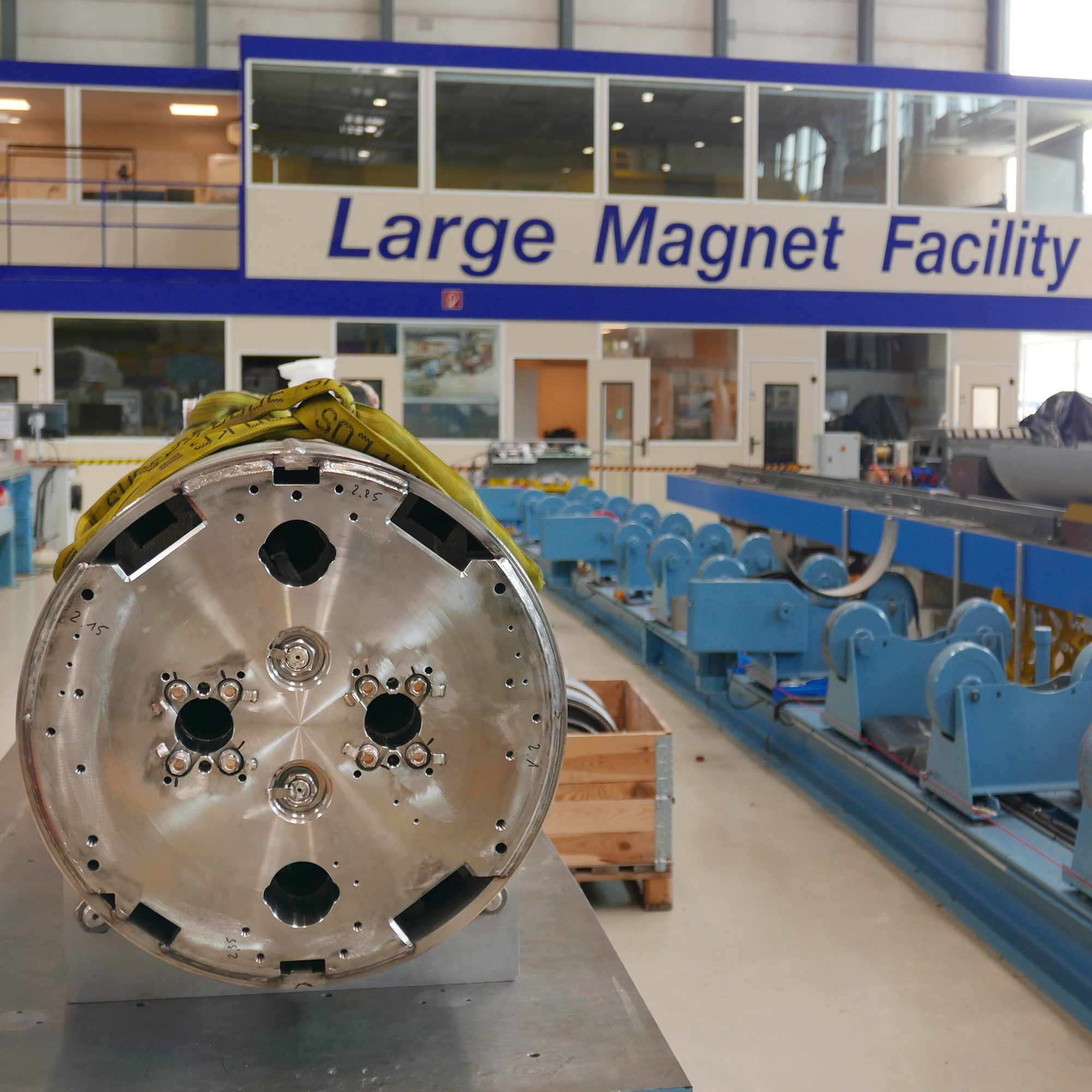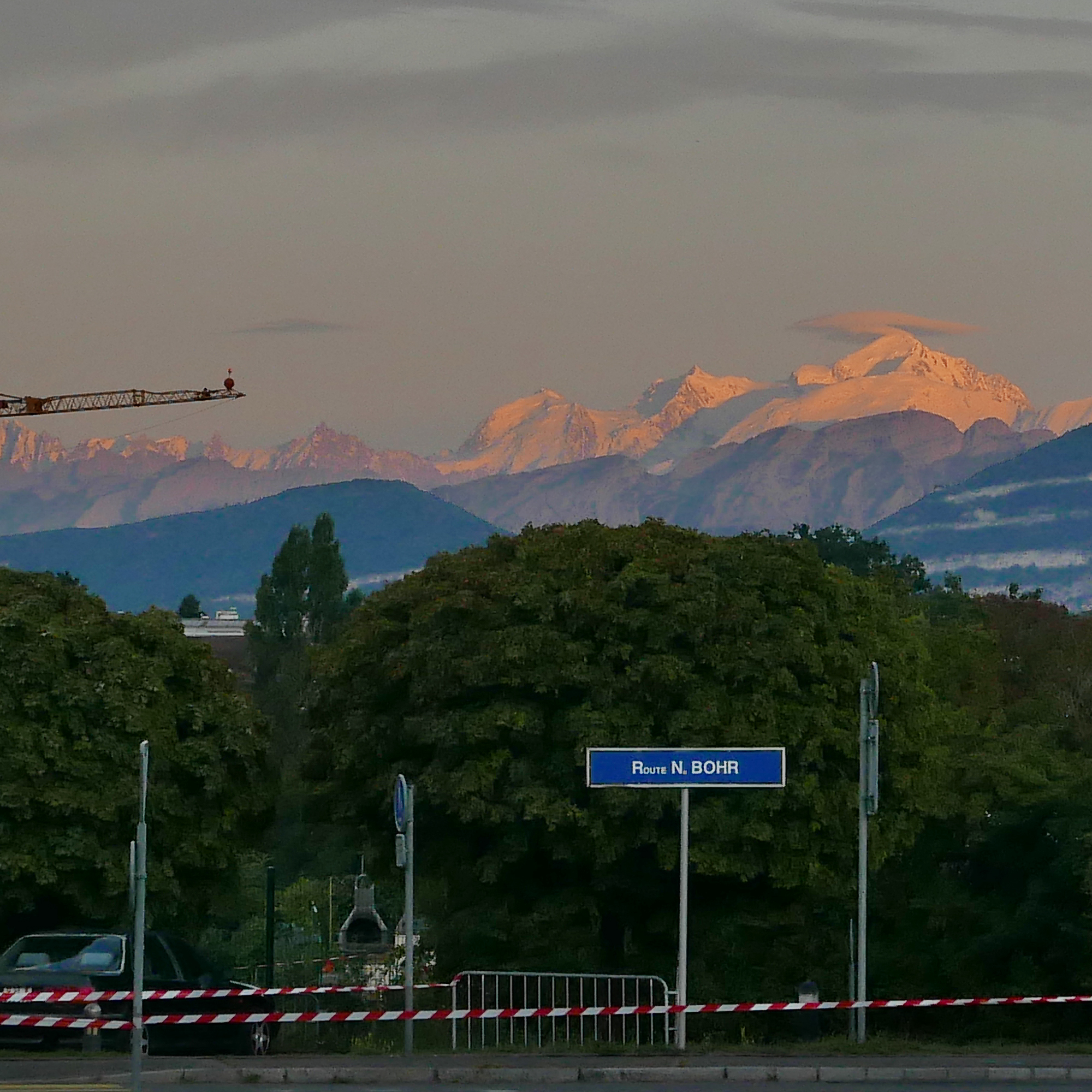Thoughts so far, and a few glimpses into the past and the future.
It has taken me a week to get my bearings, and sort out some of the bureaucratic machinations. There are difficulties navigating the systems without a map, and several people, including me, pressing the wrong button on some form, have made the terrain more difficult than it could be. I am still waiting to pick up a key piece of equipment I sent over, hopefully Swiss customs will release it and I will receive it tomorrow. That’s where people with deep inside knowledge, such as Mick Storr, can help guide one through such a system.
Mick Storr, who is not surprisingly an ex soccer coach, has been getting me back up to speed with the principles of how CERN works, on social administrative and scientific scales. It is at the intersection of these three dimensions, the human, the institutional, and the physics dimensions, where things take shape – and you’ve got to get all these variables working in order to make things happen. These knowledge systems must all be understood to some degree – science at CERN is more than just “science”. And why should I have to have some understanding of all this? Not to try and be a scientist, but to be able to engage both critically and creatively in a way that has a resonance with the subject/matter at hand. And exploring the physical spaces around the CERN site lets me scope out possible projects and collaborations (with both scientists and devices).
During our journeys around the site, we have made some interesting finds. When Mick showed me around some of the big old buildings he worked in, once buzzing with energy and activity, but now used as storerooms, we rediscovered former experimental devices, some of which have been literally covered in sheets and forgotten. The anthropologist of physics Sharon Traweek (whose book I found in the 24/7 CERN library) calls these “ancestral machines”. In a way they are a key to understanding the cultural and scientific nature of CERN experiments.
Such apparatuses are the material forms and symbols of important milestones in the history of this place. They are indeed the physical history of the scientific understanding of how the universe works. Although this is a big statement, it rings true on some levels – as the mediators between the human and the subatomic realms, insights gained from such experiments help us understand and predict certain fundamental forms and forces. In practical terms, understanding how subatomic particles behave let us coax them into doing tricky things, such as making electrons flow around digital computers (and of course incidental CERN inventions such as touchscreens and the world wide web, made by Mick’s roommate is Tim Berners Lee). But what could we do with antimatter or Higgs Bosons? We may soon see.
And where will things be in the future? More than one person has said to me, in more than one way, that today CERN seems to be at a crossroads in its history…

